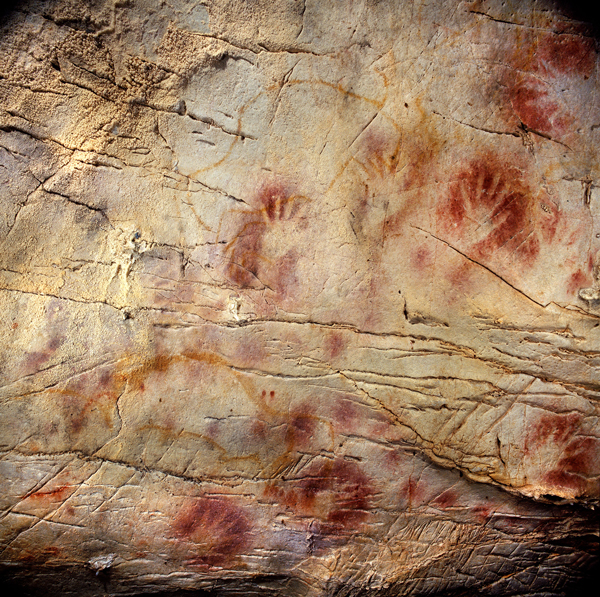 BARCELONA, SPAIN—Archaeologists are working on obtaining new dates for the prehistoric paintings in Spain’s El Castillo Cave by measuring the rate of decay of uranium atoms in the calcite covering the artwork. The oldest of the paintings is thought to be at least 40,800 years old, about the same time that the first modern humans are thought to have entered Western Europe. The new dates could show that that paintings are even older, indicating that they were created by Neanderthals, who occupied the region for some 200,000 years before the arrival of Homo sapiens. Meanwhile, scholars continue to debate the complexity of Neanderthal cultural behavior, and whether or not it was copied from their Homo sapiens cousins. João Zilhão of the University of Barcelona thinks that Neanderthals and modern humans were “cognitive equals.” His goal is “to date pigments in these paintings to an age that is clearly and to everyone’s satisfaction beyond the range of modern humans in Europe,” he explained.
BARCELONA, SPAIN—Archaeologists are working on obtaining new dates for the prehistoric paintings in Spain’s El Castillo Cave by measuring the rate of decay of uranium atoms in the calcite covering the artwork. The oldest of the paintings is thought to be at least 40,800 years old, about the same time that the first modern humans are thought to have entered Western Europe. The new dates could show that that paintings are even older, indicating that they were created by Neanderthals, who occupied the region for some 200,000 years before the arrival of Homo sapiens. Meanwhile, scholars continue to debate the complexity of Neanderthal cultural behavior, and whether or not it was copied from their Homo sapiens cousins. João Zilhão of the University of Barcelona thinks that Neanderthals and modern humans were “cognitive equals.” His goal is “to date pigments in these paintings to an age that is clearly and to everyone’s satisfaction beyond the range of modern humans in Europe,” he explained.